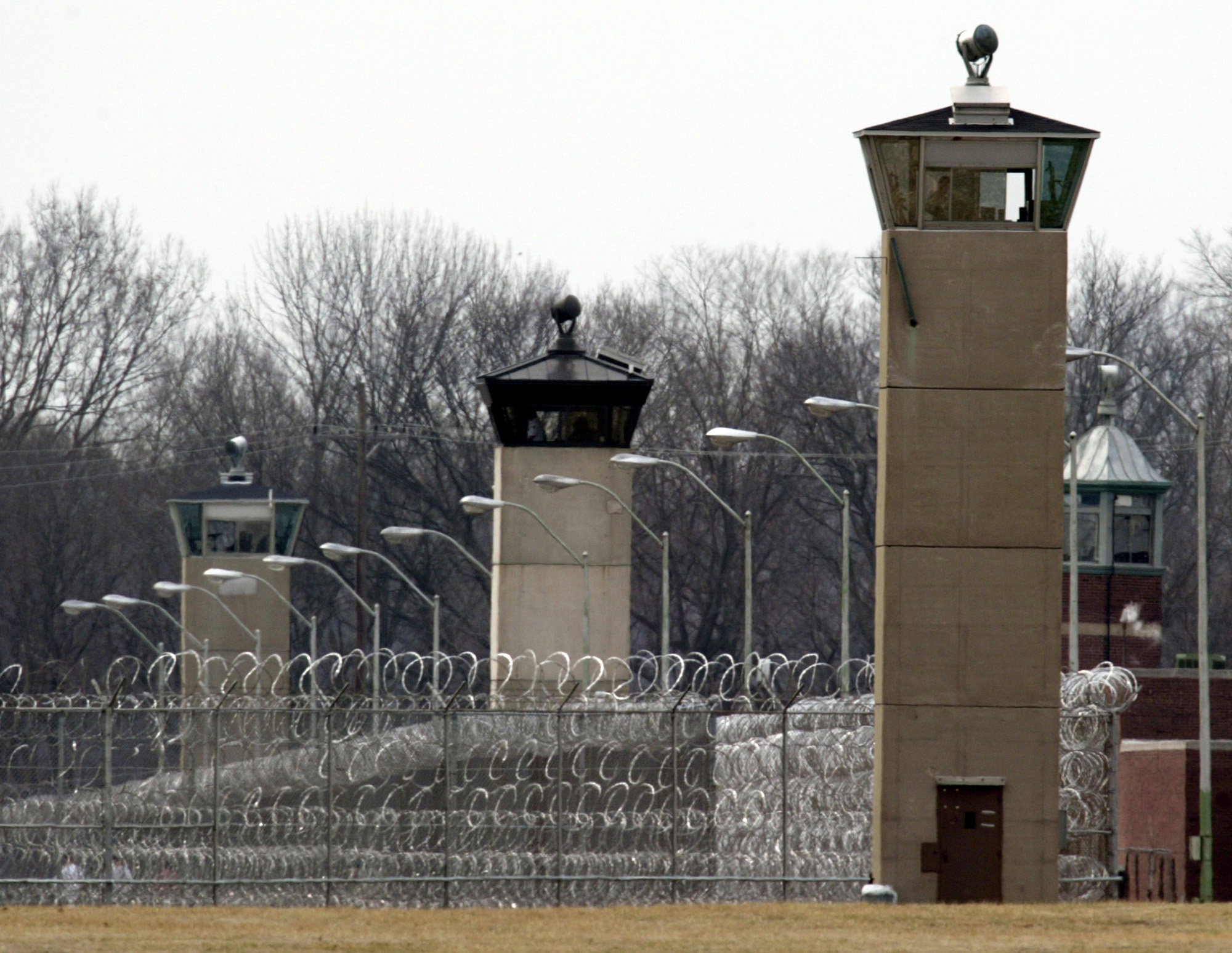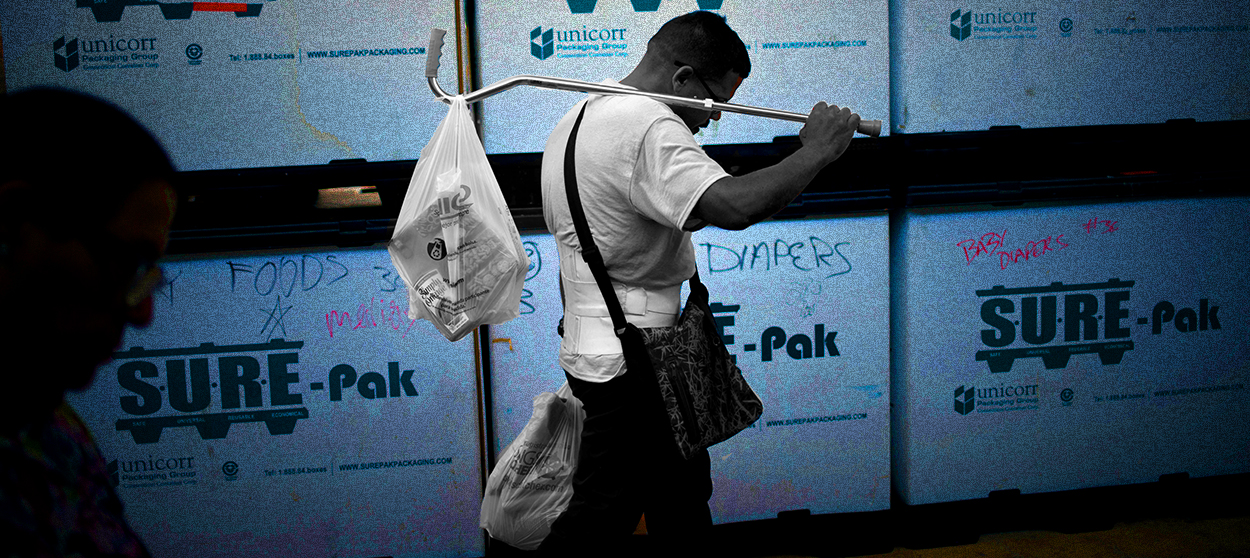Inside 'Guantánamo North'
Boston bomber Dzhokhar Tsarnaev has been sent to a maximum-security federal prison in Terre Haute, Indiana. What's it like?

Boston bomber Dzhokhar Tsarnaev has been sent to a maximum-security federal prison in Terre Haute, Indiana. What's it like? Here's everything you need to know:
Who ends up in this prison?
Home to federal death row, the maximum-security penitentiary in Terre Haute, Indiana, boasts a menacing mix of terrorists, serial killers, white supremacists, and child molesters. Enemy combatant John Walker Lindh, the so-called American Taliban, will be one of Tsarnaev's new neighbors; so, too, will Abduwali Muse, one of the Somali pirates who took on Capt. Richard Phillips. The facility is also home to the execution chamber where Oklahoma City bomber Timothy McVeigh met his end in 2001. Tsarnaev, 21, is currently appealing his sentence to avoid that fate, but while he does so, federal death row's newest and youngest member will probably spend at least a decade in a facility so restrictive, it's earned the nickname "Guantánamo North." Sister Rita Clare Gerardot, an activist who has worked with death-row inmates, said prisoners are kept isolated in tiny cells all day, with almost no human contact. "Truthfully, I don't know how they keep their sanity."
The Week
Escape your echo chamber. Get the facts behind the news, plus analysis from multiple perspectives.

Sign up for The Week's Free Newsletters
From our morning news briefing to a weekly Good News Newsletter, get the best of The Week delivered directly to your inbox.
From our morning news briefing to a weekly Good News Newsletter, get the best of The Week delivered directly to your inbox.
What's inside Terre Haute?
There are two special units. Tsarnaev is likely to be placed in the Special Confinement Unit (SCU), built in 1993 to house federal death row inmates. Details on the prison are scarce, but inmates are believed to spend almost every waking minute in their cells, furnished with a bed, shower, desk, toilet, sink, and 13-inch television. Sister Rita reported that inmates went outside for just five hours a week — and even then, usually only to wander into designated cages to exercise and take a peak at the sky. One inmate found those conditions so hellish, said the ACLU, that he volunteered for execution. Tsarnaev also might end up in the Communications Management Unit (CMU), a special 50-cell facility for terrorists and other dangerous prisoners. The inmates there are remotely watched and monitored every minute of every day by a team of intelligence officials in West Virginia. That unit, and other isolation units, were designed to keep terrorists from radicalizing other inmates or slipping dangerous messages to fellow terrorists outside.
Are all terrorists sent there?
No. Had Tsarnaev avoided the death penalty, he could have served a life sentence at the only federal "supermax" in the country: ADX Florence, in Colorado. Nicknamed the "Alcatraz of the Rockies," ADX houses some of America's most notorious criminals, including the "Unabomber," Ted Kaczynski, and "shoe bomber" Richard Reid. There, inmates spend 23 hours a day in a concrete cell averaging 12 feet by 7 feet, with a 4-inch window at the top to let in some natural light. If the inmates become frustrated and act out, their limbs are strapped to their bed for days at a time, in a process known as four-pointing. Even former ADX warden Robert Hood has gone on record describing the prison as a "clean version of hell." This place "is not designed for humanity," said Hood.
A free daily email with the biggest news stories of the day – and the best features from TheWeek.com
Has anyone objected?
Yes. Eleven ADX prisoners have filed a class-action lawsuit against the Federal Bureau of Prisons (BOP) arguing that prolonged solitary confinement violates the Constitution's Eighth Amendment prohibition of cruel and unusual punishment. One inmate, Jack Powers, said he was driven so mad by the lack of human interaction that he bit off his own finger and amputated his own testicle. "There are instances of people who literally go insane in solitary confinement," said psychology professor Craig Haney. "I've seen it happen."
Is this happening just at ADX?
Not at all. Solitary was once reserved as a way of punishing and controlling the most disruptive or dangerous prisoners in maximum-security lockups. Yet in prisons throughout the country, 80,000 inmates are now held in ADX-style isolation on any given day. Prisoners can be isolated for months on end for the slightest of infractions — such as posting something on social media, or talking back to a guard. ACLU campaigner Amy Fettig says an increasing number of prison officials in both red and blue states are beginning to "recognize that solitary confinement has been overused and abused in the last 30 years."
Does solitary confinement work?
Studies show that it does not reduce prison violence, and as a form of rehabilitation, it's a disaster. A 2001 study of Connecticut prisons found that solitary inmates were 50 percent more likely to be rearrested within three years of release than nonsolitary inmates. "It was meant to make inmates improve," said Maine prison warden Rodney Bouffard, of solitary. "The reality is that exactly the opposite happens." That's because long stretches of solitary fill prisoners with rage and make it difficult for them to function in the real world, which they find overwhelming (see below). Now just 21, Tsarnaev — who has no hope of ever being released — will likely never leave solitary, unless it's to be executed. "He's looking at spending potentially at least the next 50 years in isolation," said associate law professor Laura Rovner. "It's almost unfathomable."
Life after solitary confinement
Transitioning back into society after imprisonment isn't easy — and it's even less so after solitary confinement, which research has shown to cause severe psychological damage. Robert King spent a staggering 29 years in solitary in the Louisiana state penitentiary before being released in 2001 for a 1972 murder he didn't commit. For those three decades, King spent every day pacing up and down his 9-by-6-foot cell, counting to himself as he did so. Whenever he was caught trying to communicate with other inmates, King would be placed for a month in the "cold box" of Camp J, going for blocks of 10 days without any interaction, even with the guards — save for a tray being pushed through a small slot in the cell door. "I was depressed every day," he says. The sensory depravation of solitary has permanently damaged King's sight, and he finds it difficult to judge distances after living in such a small space. More than a decade after his release, says King, he still gets "confused as to where I am, where I should be."
-
 Why Puerto Rico is starving
Why Puerto Rico is starvingThe Explainer Thanks to poor policy design, congressional dithering, and a hostile White House, hundreds of thousands of the most vulnerable Puerto Ricans are about to go hungry
-
 Why on Earth does the Olympics still refer to hundreds of athletes as 'ladies'?
Why on Earth does the Olympics still refer to hundreds of athletes as 'ladies'?The Explainer Stop it. Just stop.
-
 How to ride out the apocalypse in a big city
How to ride out the apocalypse in a big cityThe Explainer So you live in a city and don't want to die a fiery death ...
-
 Puerto Rico, lost in limbo
Puerto Rico, lost in limboThe Explainer Puerto Ricans are Americans, but have a vague legal status that will impair the island's recovery
-
 American barbarism
American barbarismThe Explainer What the Las Vegas massacre reveals about the veneer of our civilization
-
 Welfare's customer service problem
Welfare's customer service problemThe Explainer Its intentionally mean bureaucracy is crushing poor Americans
-
 Nothing about 'blood and soil' is American
Nothing about 'blood and soil' is AmericanThe Explainer Here's what the vile neo-Nazi slogan really means
-
 Don't let cell phones ruin America's national parks
Don't let cell phones ruin America's national parksThe Explainer As John Muir wrote, "Only by going alone in silence ... can one truly get into the heart of the wilderness"


